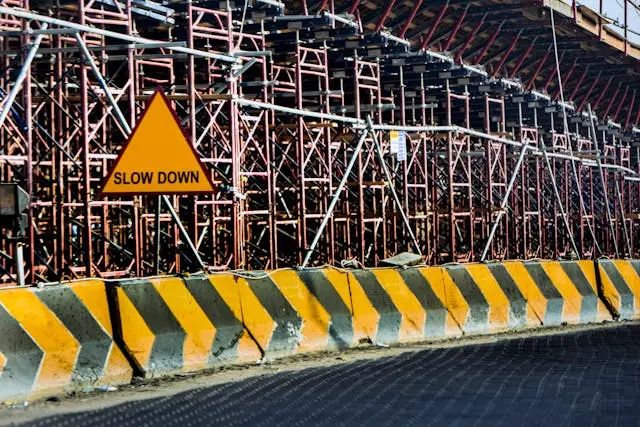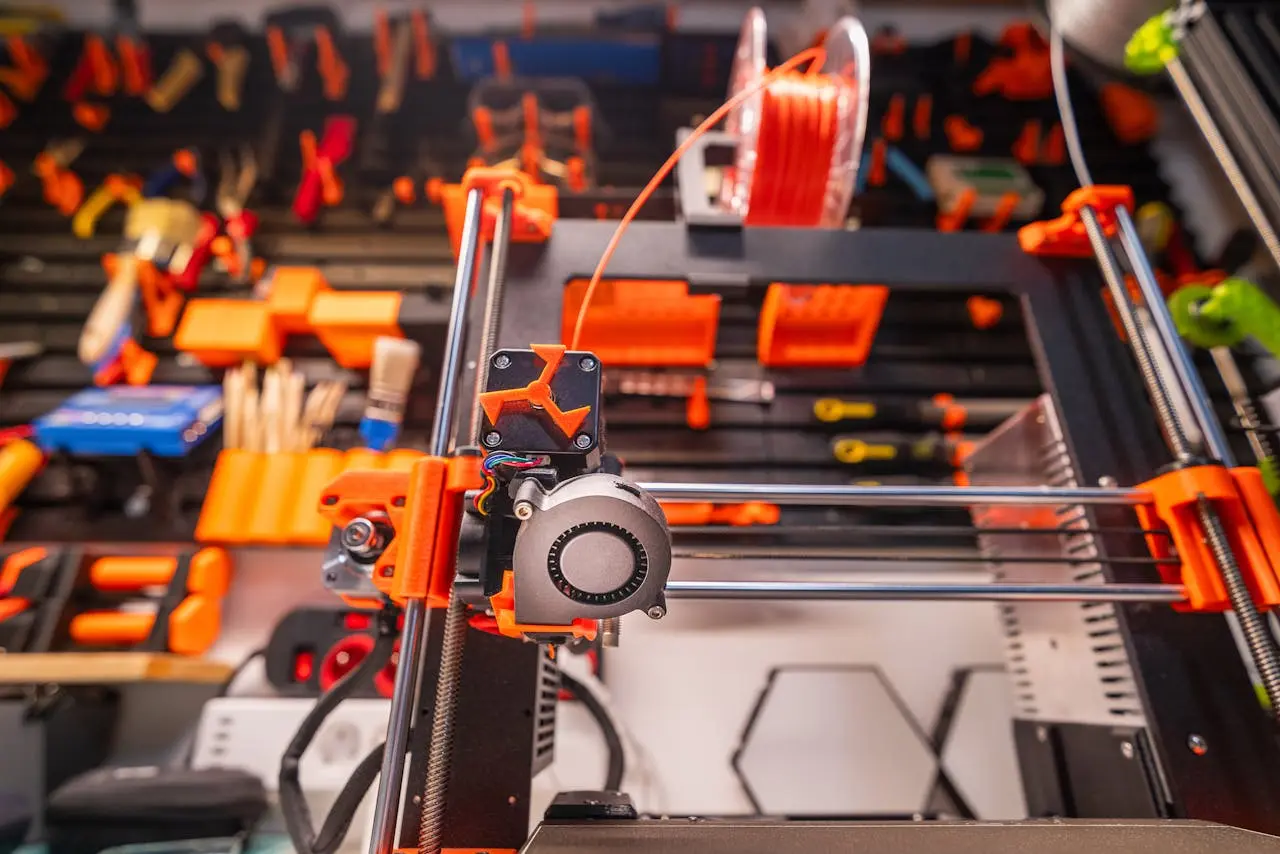Tree vs Grid vs Custom Supports: What’s Best?

Support structures are the unsung heroes of many 3D prints — but if you’ve ever spent 20 minutes peeling away fused support towers or sanding scars off your model, you know: not all supports are created equal.
Let’s break down the three most common types and when to use each: Grid, Tree, and Custom.
Grid Supports: The Classic Default
Most slicers default to grid-style supports — vertical towers built in stacked lines beneath overhangs.
Pros:
- Reliable and easy to generate
- Great for boxy shapes and symmetrical overhangs
- Works with all materials and printers
Cons:
- Can be hard to remove cleanly
- Uses a lot of filament
- May scar detailed surfaces
When to use:
Grid supports are best for simple geometry or parts where surface finish doesn’t matter much, like brackets, functional prints, or hidden features.
Tree Supports: Smarter, Not Harder
Tree supports are an organic-style alternative — instead of a wall, they branch out and only touch the model where absolutely necessary.
Pros:
- Saves filament
- Easier to remove
- Less likely to damage the print
- Better for curved and detailed surfaces
Cons:
- Slower to slice
- May fail if branches are too thin
- Not ideal for flat-bottomed overhangs
When to use:
Tree supports are great for miniatures, figurines, or curved models where you want minimal scarring and easier cleanup.
Custom Supports: Take Full Control
Want supports only where you need them? Custom supports let you manually place or block support regions inside your slicer.
Pros:
- Full control over placement
- Prevents unnecessary material waste
- Reduces cleanup and improves surface quality
Cons:
- Requires more setup time
- Not as beginner-friendly
- Takes a good understanding of model geometry
When to use:
Custom supports are ideal for complex or client-facing prints where aesthetics matter, or when you want to avoid supports on visible areas like faces, logos, or text.
Tips for Support Success
- Use an interface layer to make removal easier
- Try tree supports first for detailed models
- Know your printer’s overhang limit — most handle 45 degrees just fine
- Lower your support density (10 to 15 percent is usually enough)
- Use support enforcers only where absolutely necessary
Not sure which support strategy is right for your model?
I can help you tune your slicer settings or walk you through a better support setup. Reach out anytime for personalized guidance.


.jpg)